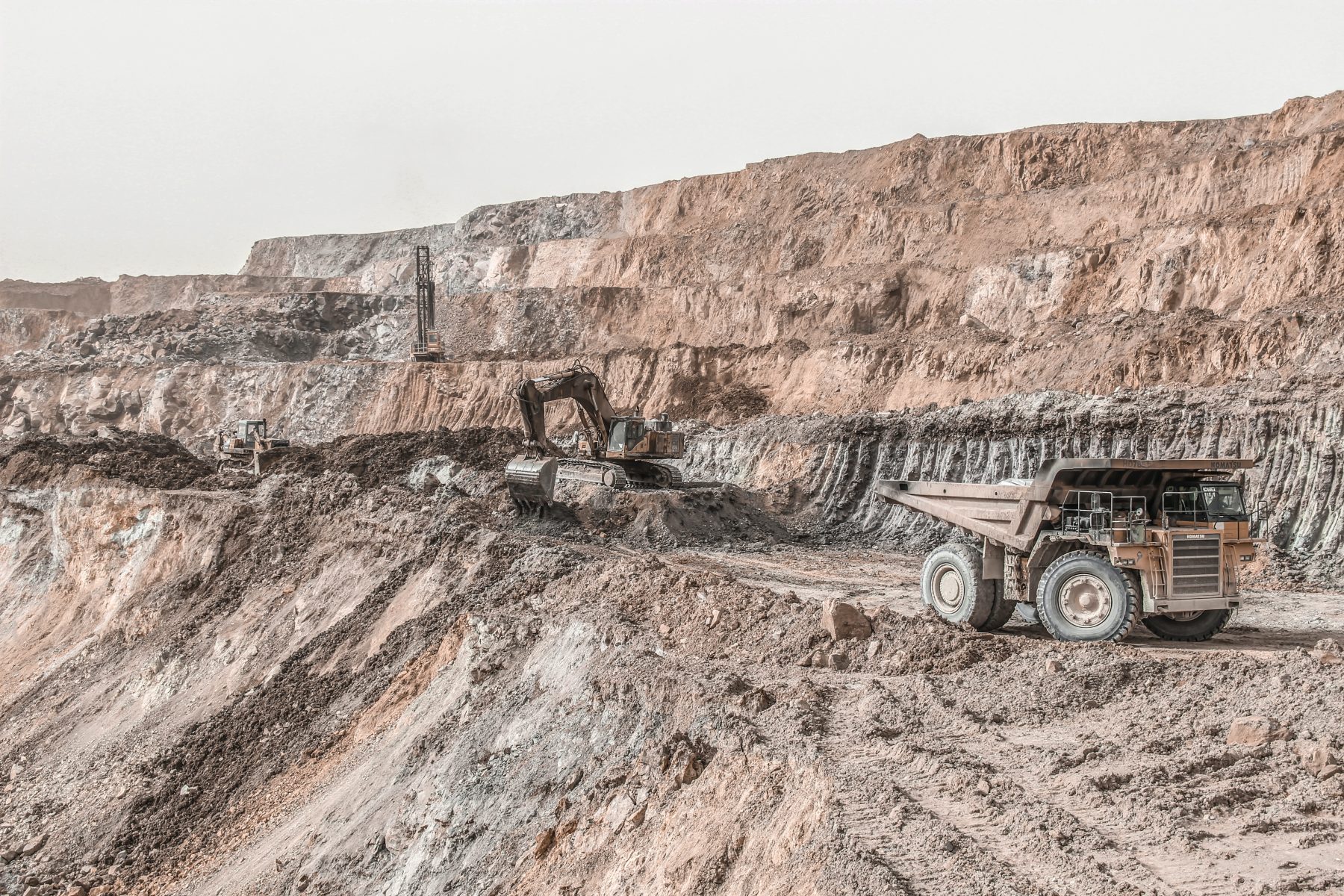The energy transition, crucial for addressing climate change, is facing a critical challenge related to the supply of copper, an essential element in the growth of renewable energies and the construction of necessary infrastructure. Copper demand is expected to grow exponentially, with analysts projecting a doubling in the next ten years.
Currently, global copper consumption amounts to approximately 22 million tons per year, but this figure is expected to rise, especially due to economic development in emerging countries and the increasing needs related to decarbonization.
Copper, identified as the quintessential “green” material, plays a crucial role in electrical grids, which must be significantly expanded and reinforced to support increased penetration of renewable energies, the conversion of heating systems, and the electrification of vehicles.
What are the future predictions for copper consumption?
The International Energy Agency (IEA) estimates that by 2040, approximately 80 million kilometers of new lines will be needed, double the current amount and equivalent to twice the circumference of the Earth.
According to a 2022 study by IHS Markit-Standard & Poor’s, decarbonization will require about 50 million tons of copper by 2035, more than double current consumption. However, the supply may not grow at the same pace, potentially leading to a “chronic deficit” of around 10 million tons by the mid-next decade. This would represent one-fifth of the quantity needed to achieve the “Net Zero” goal by 2050.
Experts, such as Cru Group and WoodMackenzie, predict copper consumption exceeding 30 million tons by 2030. Goldman Sachs has even declared that copper is the “new oil” and suggested that prices could rise to $15,000 per ton by 2025 to rebalance supply and demand.
Price trends of Copper in recent months.
Despite the urgent need for investments, the copper sector is currently at a standstill, influenced by an unfavorable economic situation (such as China’s production downturn) that has impacted consumption and metal prices.
The price of copper experienced a significant trend from July 2022 to January 2023, increasing from $3.25 to $4.25 per pound on the American Comex market. However, in the last six months, there has been a marked decrease, bringing the value of red metal down to $3.6 per pound. In the current context, a slight increase is observed, with the price standing at $3.9 per pound these days.
The decline in copper prices since the beginning of the year has been mainly influenced by the end of expectations for a robust economic recovery in China, especially after an uncertain 2022. Also the weakness in Chinese demand, representing a dominant part of copper consumption (over 12 million tons annually, about half of global demand), contributed to the price decline. The current situation also has significant impacts on geopolitical dynamics. Over half of copper production comes from regions considered “unstable” or “extremely unstable,” creating potential supply risks (see China).
What do mining companies in the sector risk?
In the first quarter of 2023, the break-even price of copper, the level at which costs are covered, was estimated at around $3.55 per pound, equivalent to about $7,800 per ton, according to a weighted average. This represents a critical point, as falling below this market price puts the economic sustainability of mining activities at risk. Companies in the sector may be forced to take legal action or seek buyers among large companies to avoid significant financial losses.
Furthermore, the search for high-quality ore deposits is becoming costly, and mining companies are looking to acquire companies with already operational licenses to address growing demand. The copper mining sector is thus heading towards a phase of concentration among major operators, who could leverage favorable economies of scale.
In summary, current copper prices favor large operators, but the sector is facing challenges and complexities related to supply, growing demand, and the need for investments to support the ecological transition.
This scenario raises important questions about investments, the geographical diversification of resources, and fairness in the distribution of copper-related benefits in the context of the transition to a low-carbon economy.



